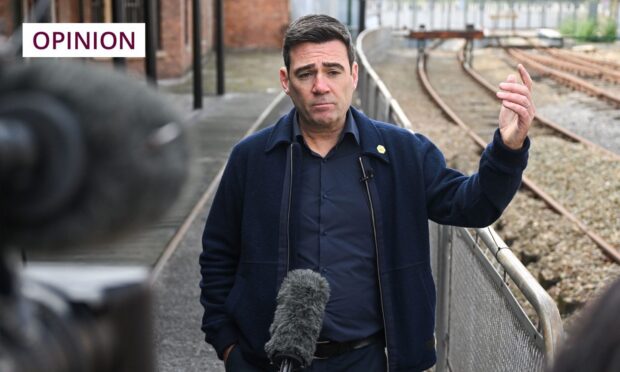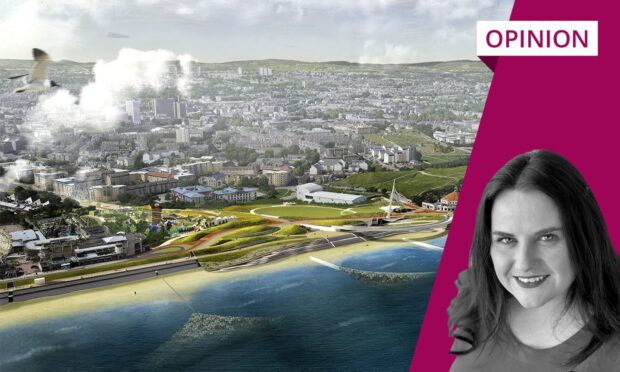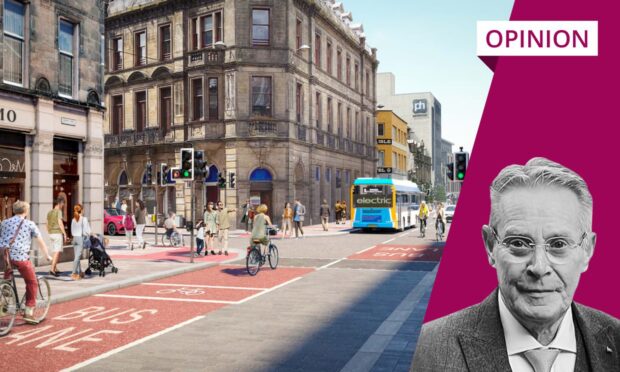Plans for a high-speed railway linking London, Birmingham, Manchester and Leeds were first unveiled in 2009.
Fourteen years on, the planned lines to Manchester and Leeds have been abandoned. And even the Birmingham to London link, 134 miles long, won’t be open until 2033 – if then.
During the same 14 years since 2009, China, which first embarked on high-speed rail construction in 2007, has completed some 25,000 miles of high-speed track – and plans, by 2033 or thereabouts, to add another 20,000 miles to its network.
Nothing speaks more clearly to our country’s increasingly rundown condition than the fact that China can construct a 45,000-mile high-speed rail system in the time it will take Britain, once the world’s leading railway builder, to complete less than one-third of 1% of the high-speed track mileage China will have in place by the mid-2030s.
So, how might we do better? A good starting point would be to jettison the notion that London’s economic and political dominance is such that Britain’s less well-doing localities have no alternative but to hope that London-based governments might one day condescend to provide them with the better rail links that have been forever promised but never delivered.
That both wealth and decision-making are currently concentrated in London is beyond dispute. But this wasn’t always so.
Disparity between south and north continues to grow
When, in Victorian times, Britain was the world’s leading economy, the country’s south and south-east played no very great part in its success. The UK’s key industrial sectors – textiles, shipbuilding, locomotive manufacture and the rest – were concentrated in the English north and in Scotland.
That’s where hugely ambitious infrastructure projects were planned, financed and executed. Like the beginnings of public-sector housing. Like the construction of the impressive town halls, libraries and other public buildings that still grace former industrial powerhouses like Manchester and Glasgow. Like the piping of clean water, often over great distances, to those same cities.
Most of what then remained of Victorian Britain’s industrial supremacy was killed off in the 1980s, when the Thatcher government concluded that Britain’s future lay less in manufacturing and more in banking and financial services – activities concentrated in London.
The outcome has been an ever-growing disparity between a hugely prosperous London and south-east England on the one hand, and, on the other, the many disadvantaged, hard done-by and often poverty-stricken places where little of consequence has taken the place of the long-gone factories that made 19th-century Britain the workshop of the world.
Autonomy is a pipe dream until there is pressure to change
High-speed rail from London to Manchester and Leeds was meant to help to iron out at least some of those inequalities. But now that putting in place just a few hundred miles of high-speed rail track has proved beyond London’s capacity, might it be time for Britain beyond Birmingham to think about taking its transport destiny into its own hands, by constructing its own high-speed rail network?
It’s easy to imagine what such a network might ultimately look like. From north to south, it might extend from the Cromarty Firth’s emerging freeport, by way of Inverness, to Aberdeen, Dundee and Edinburgh. It would include an Edinburgh to Glasgow link, and further lines from Edinburgh and Glasgow to Carlisle, Newcastle, Leeds, Liverpool and Manchester.
A pipe dream? Certainly. Though experience elsewhere – in countries like France and Spain as well as China – suggests that high-speed rail can be put in place more quickly and more cheaply than Britain has managed to date, the cash that would be needed to build even a small proportion of a northern rail network would have to be raised – as investment cash is always raised – by borrowing.
And no public body in either the north of England or Scotland has the requisite borrowing powers. Not Mayor Andy Burnham’s Greater Manchester, nor any other local authority. Nor the Scottish Government. All are reliant – in ways that the great industrial cities of the past never were – on handouts from Westmister.
London determines, in effect, how much cash English local authorities and the Scottish Government have to spend. And London, by keeping borrowing powers and the overwhelming bulk of tax revenues firmly under Westminster control, removes from every other elected authority in the UK the capacity to engage in truly transformative capital investment such as high-speed rail construction.
This needs changing. But pressure for the necessary change will come only when people living and working in Britain’s north (meaning everywhere this side of the English Midlands) dare to dream of how things could be different. Only then are the same people likely to set about the political campaigning that will have to be engaged in if that dream – high-speed rail included – is ever to come true.
Jim Hunter is a historian, award-winning author and Emeritus Professor of History at the University of the Highlands and Islands












